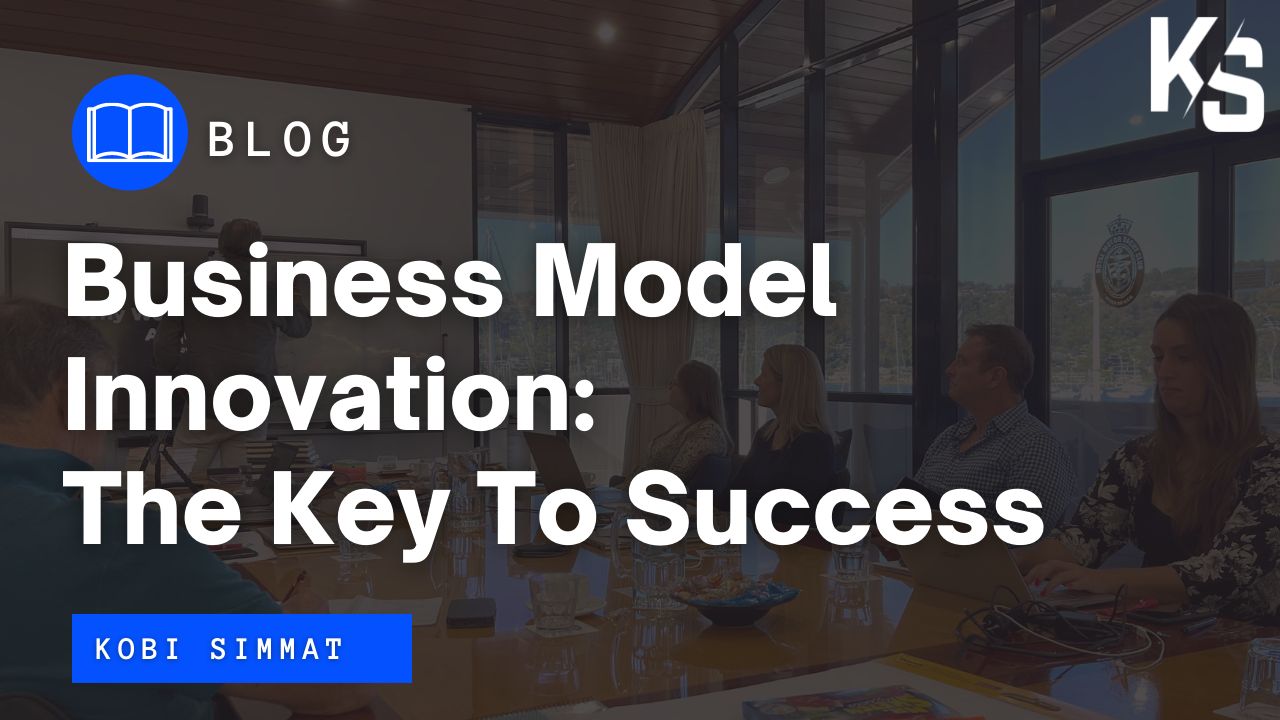Business Model Innovation: The Key To Success
Aug 18, 2022
In challenging times, business model innovation can build long-lasting competitive advantage and value. This is done by making changes to not only the operating model but considering the value proposition you make to your clients. Whilst this can be intimidating for more established businesses, it is absolutely encouraged to reflect on your business model for growth. If you're not growing, you're stagnant. And, stagnant can lead to closed doors.
Another great thing to note is the timing of launching your new business model. Bill Gross evaluated more than 400 companies and came to the conclusion that timing accounted for 42% of a business's success. The second was team and execution at 32%. And, surprisingly the idea came third as it only contributed 28%.
Relevant: Why Businesses Fail
The Four Approaches You Can Use To Innovate
According to, BCG, there are four approaches you can use to innovate your business model. Depending on which approach suits you, will depend on your answers to several questions such as, what's the scope of your efforts? What level of risk are you prepared to take? How long will it take to implement? Is it an ongoing effort?
1. The Reinventor Approach
This approach is used often during a significant industry challenge, for example, commoditisation and new regulation. Whereby, an industry is deteriorating and its growth possibilities are uncertain. In these circumstances, the business should reinvent its customer-value proposition and align its operations for profitability and returns on its new exciting offer.
2. The Adaptor Approach
The Adaptor Approach is commonly used when a business's current business model reinvented is unlikely to overcome significant disruption. Adaptors will explore parallel businesses or markets, in some instances exiting their core business entirely. Time should be invested in driving experimentation and locating a new successful core with the right business model.
3. The Maverick Approach
The Maverick approach involves innovating a business model to scale up to a potentially more successful core business. Mavericks who are either startups or insurgent established companies, employ their core advantage to transform their industry and set new standards. Mavericks need to be able to continually evolve their competitive edge to drive growth.
4. The Adventurer Approach
The adventurer takes an aggressive approach to venture and discover new or parallel territories. It requires a great understanding of a business's competitive advantage and carefully implementing the advantage to succeed in new markets.
The Four-Dimensional Concept
Whatever approach you decide to use it's important to reflect upon the existing business model and see where the weaknesses lie. Where are the problems exactly and how did they come about? How can you turn this into an opportunity for growth and transformation? Who or what can you involve to improve your situation? How can you become more sustainable?
The more detailed your answers, the more you're able to dive deeper into the problem and find opportunities.
As a starting point for innovative management action, let's take a look at The Four-Dimensional Concept from the University of St Gallen, which can be used as an aid for communicating and discussing potential business models.
- WHO are your target customers?
- WHAT is the problem you're trying to solve and the benefit/value you will provide for your partners and customers involved?
- HOW will the company be created and deliver the benefit?
- HOW does the company earn money?
Business Model Canvas
Another great way to communicate and discuss business models is the internationally recognised, Business Model Canvas created by Alexander Osterwalder and Yves Pigneur. This covers the four most important areas of a business, customer, offer, infrastructure, finance.
- Customer segments: People or organisations that you will reach out to.
- Value propositions: Products and services that solve a problem for a customer segment and the value/benefits that they offer.
- Channels: Sales channels through which the company reaches and responds to its customers to communicate the values offered.
- Customer relations: The company's different relationships with its customers (customer acquisition, customer care, sales promotion, personal or automated).
- Sources of income: Income from a business from the various customer segments.
- Key resources: Basic resources necessary to operate the business model (physical, intellectual, human, financial).
- Key Activities: The key business model processes that provide the key resources.
- Key partnerships: The key partners of the business model (suppliers, strategic alliances and partnerships, joint ventures).
- Cost structure: The main costs incurred in the business model.
Here's a free resource that will help you grow your business: Kobi's Business Growth Blueprint
Keep learning,
Kobi Simmat
Stay connected with news and updates!
Join our mailing list to receive the latest news and updates from our team.
Don't worry, your information will not be shared.
We hate SPAM. We will never sell your information, for any reason.

